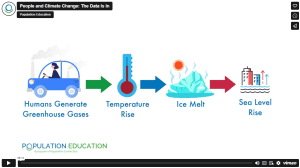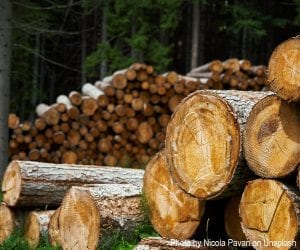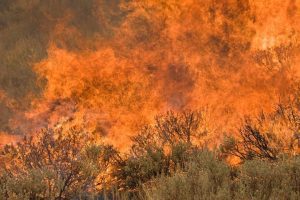
June 2023. A familiar sight on the West Coast has made its way East. Orange skies have taken over New York City and smoky air stretches from New England to the Mid-Atlantic. Canada’s forests are burning hotter than ever and the impacts are being felt by an unprecedented amount of people. How did we get here? What changed?
Wildfires aren’t a new phenomenon. In fact, they’ve occurred throughout North America for eons. Over time, many of the continent’s ecosystems have adapted to fire and rely on it to maintain a healthy, diverse landscape. However, the wildfires of today are unlike the wildfires of the past. They’re occurring more frequently, burning for longer, and destroying more acres of forest. Even the ecosystems that evolved with fire in mind can’t handle this new reality. The main culprit behind this shift? Climate change. Read on to learn more about how climate change is fueling our global wildfire crisis – and what can be done to mitigate some of the damage.
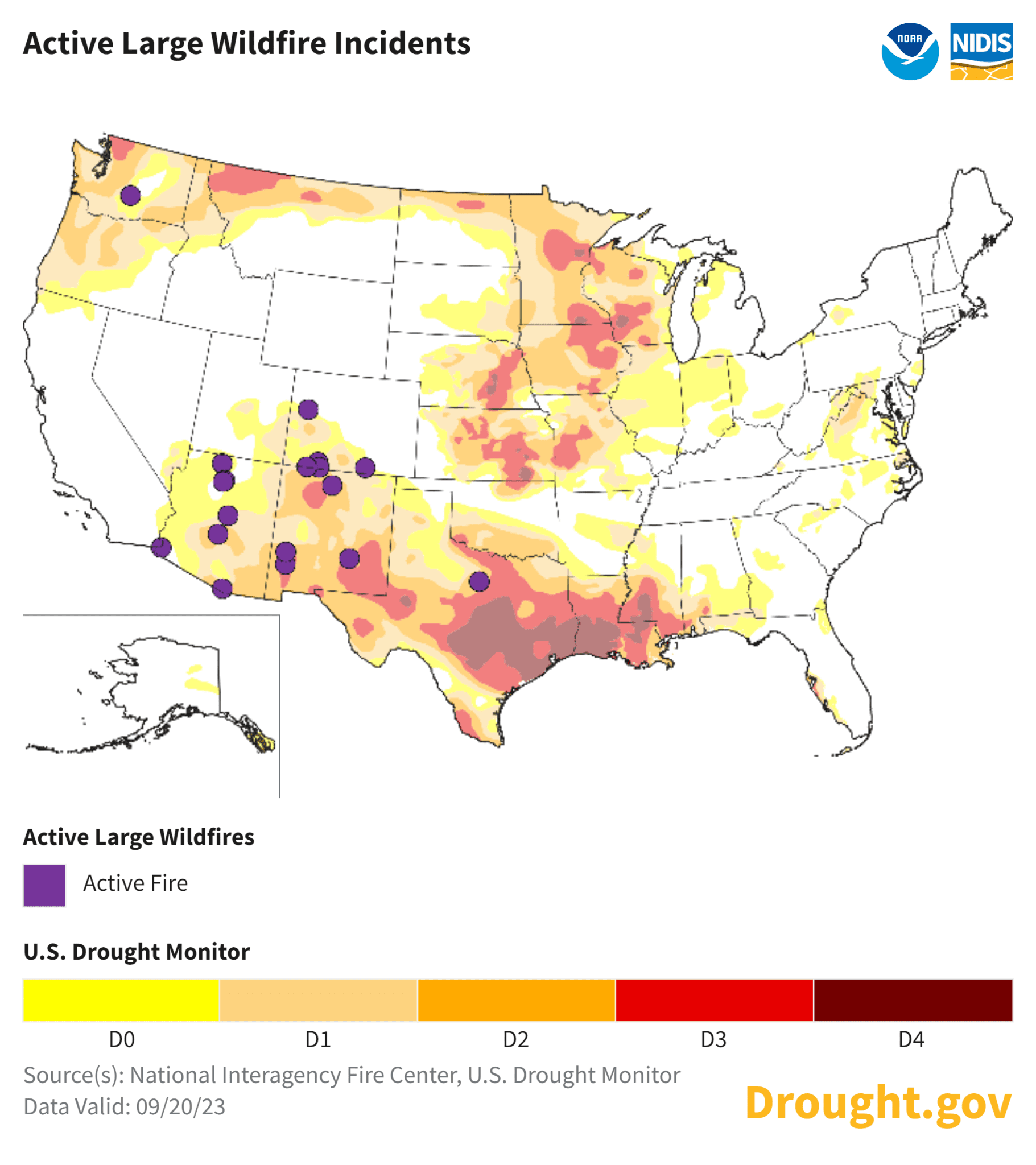
Effects Of Rising Temperatures: A Drying Planet
One of the primary features of climate change is a global increase in the Earth’s average temperature. Rising temperatures alter the Earth’s water cycle by intensifying evaporation, leaving some areas dryer than they should be – while other areas experience unusually intense flooding from more frequent severe storms. The drought-stricken areas become the perfect starting point for wildfires because they lack snowpack, adequate water supply in their rivers, and are prone to dry lightning.
Lack of Melting Snow and Wildfires
Higher year-round temperatures result in significantly less mountain snowpack and shorter yearly melting periods. This dries out areas that would historically be hydrated by the melting snow throughout the hotter months. The resulting dry areas become the perfect environment for high intensity wildfires to begin, spread rapidly, and become uncontrollable.
Disappearing Streams: Drought And Wildfires Correlation
How are droughts linked to wildfires? Ecosystems that receive enough water are better equipped to resist extreme fires because their living, water-filled plants are less likely to catch fire in the first place. If a fire does begin, deep streams can trap it inside one section of the forest, sparing other sections entirely.
Drought stricken areas lack the defenses necessary to naturally contain wildfires. Dried out underbrush, trees, and soil can easily ignite and provide wildfires with the fuel they need to grow exponentially. Empty streams do not contain enough water to prevent fire from crossing from one side to the other, and therefore cannot act as effective fire barriers.
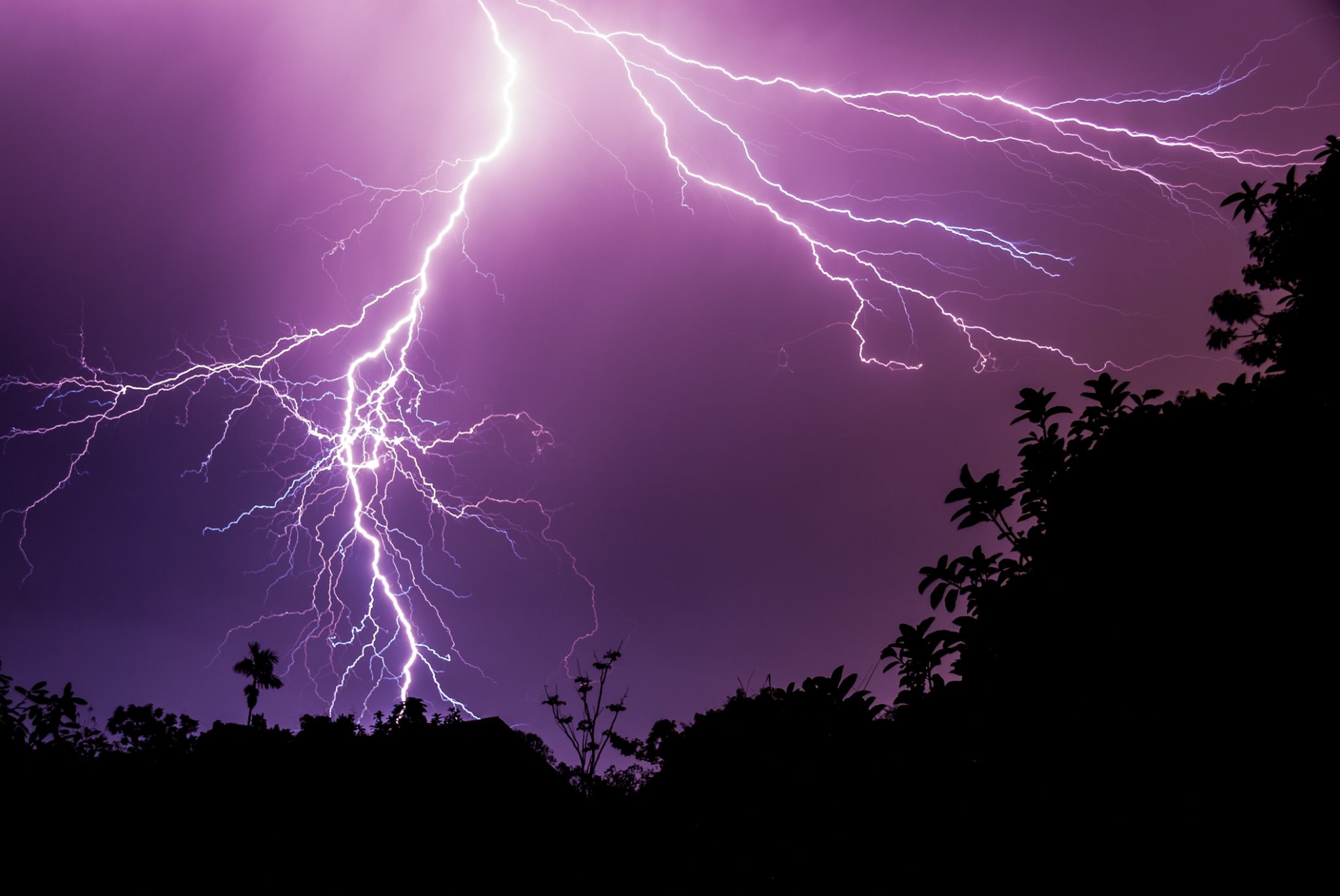 Dry Thunderstorms and Climate Change: Another Cause of Wildfires
Dry Thunderstorms and Climate Change: Another Cause of Wildfires
Dry lightning is another wildfire risk factor stemming from drought conditions. Dry lightning occurs when lightning strikes during a storm where there is little or no rainfall. It is most common in areas experiencing drought because the extremely dry air causes the rain to evaporate before it makes contact with the ground. Tragically, dry lightning has been identified as the cause behind several of the most devastating Californian wildfires and will continue to occur until the state’s drought conditions improve.
Ways to Prevent Wildfires
In the face of climate change, what can be done to reduce, or even prevent, wildfires? Luckily, there are strategies for wildfire reduction that are backed by hundreds of years of success. Indigenous fire management practices are still applicable today, including the use of controlled burns. Read our next blog to learn how controlled burns help reduce wildfires.
Images: Wildfire caused by lightning strike (Castle Rock wildfire by U.S. Fish and Wildlife Service Headquarters is licensed under CC BY 2.0); Current Wildfire Map (Active Large Wildfire Incidents as of 9/20/23 by National Integrated Drought Information System); Dry lightning (Photo 94775077 © Noneam | Dreamstime.com)



